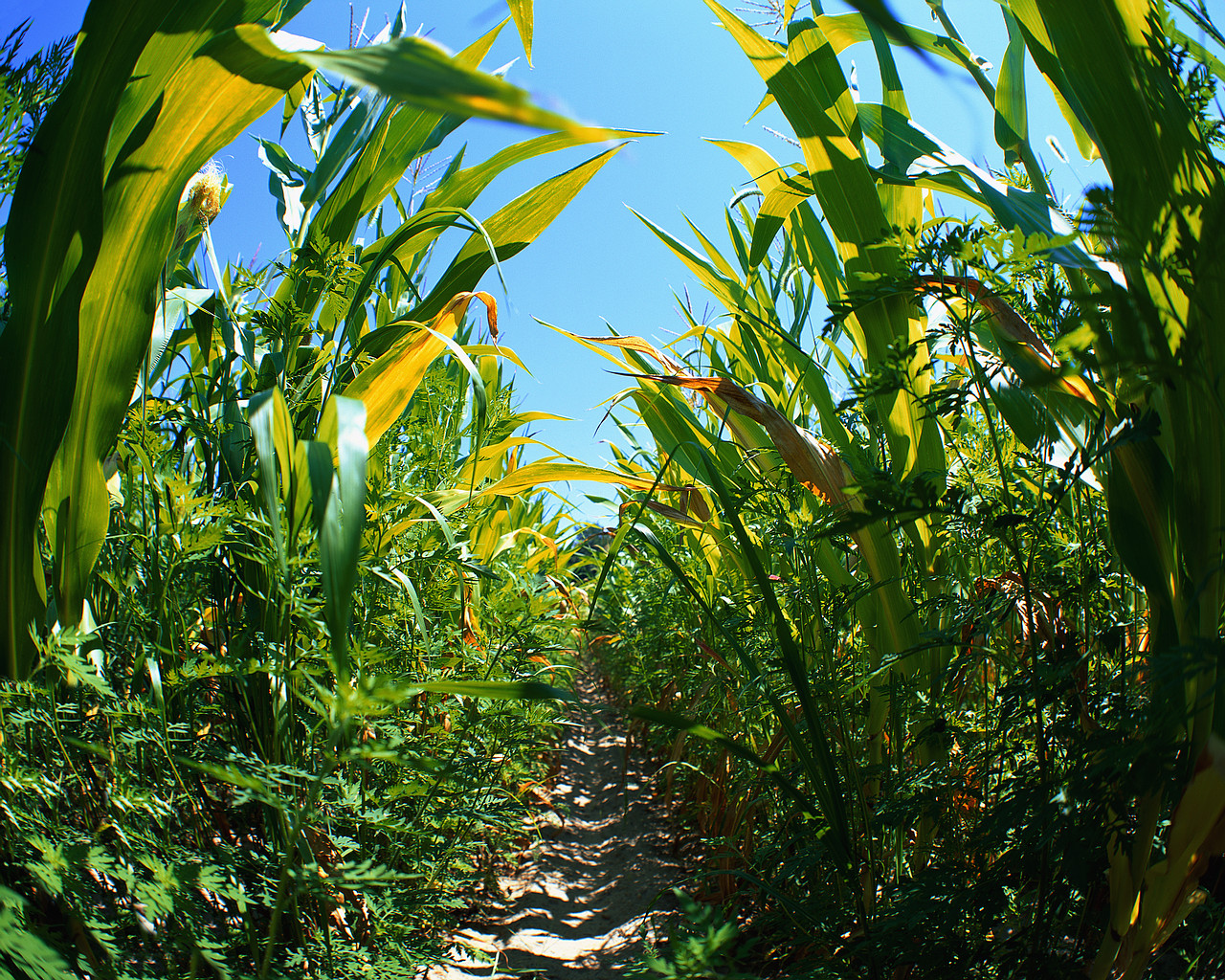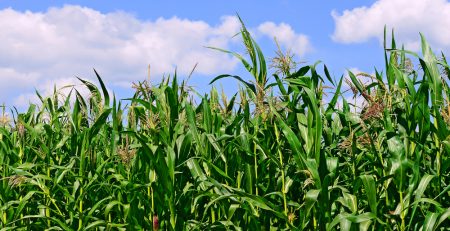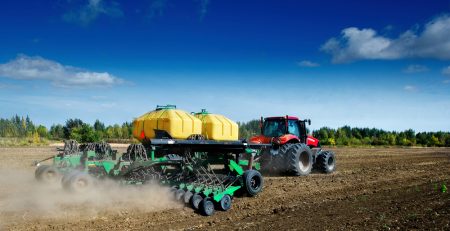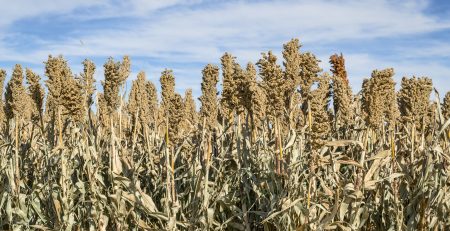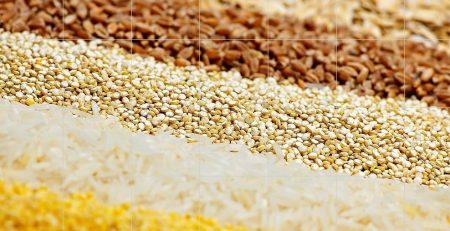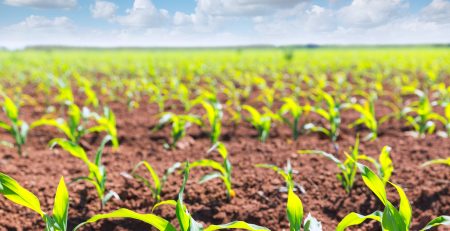Divergence in Western Corn Belt Farmland Values
While some states in the Western Corn Belt are seeing strength in farmland values, others are showing weakness. That’s according to the most recent appraisal update conducted by Omaha-based Farm Credit Services of America and eastern Kansas’s Frontier Farm Credit.
Iowa farmland values rose slightly in 2017, but the update notes values continue to decline in Kansas, Nebraska and South Dakota.
The update found farmland values on the 21 Iowa benchmark farms appraised semi-annually by FCSAmerica rose 1.4% for the last half of 2017 and increased 1.8% for the year. Values on the seven eastern Kansas benchmark farms eased 0.1% the last half of 2017 and declined 3.2% for the year. Nebraska farmland values declined 2.8% on the state’s 18 benchmark farms for the last half of 2017 and all of 2017. Values on South Dakota’s 23 benchmark farms slipped 1.3% the last half of 2017 and decreased 3.1% for the year. Wyoming’s two benchmark farms and ranches rose 2.5% the last half of 2017 and increased 3.2% for the year.
The average decrease for all 71 benchmark farms was -0.7%.
Looking at farmland values on a five-year basis, the update notes Iowa farmland values are down 12.8%, Nebraska values are down 5.1%, South Dakota’s values are up 15.6%, and Wyoming’s values are up 38.5%.
Looking at farmland values on a five-year basis, the update notes Iowa farmland values are down 12.8%, Nebraska values are down 5.1%, South Dakota’s values are up 15.6%, and Wyoming’s values are up 38.5%.
Ups and Downs. Looking at farmland values on a five-year basis, the update notes Iowa farmland values are down 12.8%, Nebraska values are down 5.1%, South Dakota’s values are up 15.6%, and Wyoming’s values are up 38.5%. Looking at cropland values exclusively, the update notes cropland values are down 19.4% from their peak in 2013; Nebraska values are down 17.4% from their peak and South Dakota is off 9.2% from its peak.
Divergence is evident between cropland values and ranch land and pasture values. Iowa cropland is up 1.8% on an annual basis, while pastureland is down a slight 0.4%. In eastern Kansas, cropland values are down 6.5%, while pastureland is up 1.2%. Nebraska’s cropland is down 2.4%, while pastureland is up 2.3%. In Wyoming, cropland is up 5.1%, and ranch land is up 1.4%.
“Farmland prices were relatively
steady across the associations compared to a year ago,” the lenders state. “The average quality of land sold also remained stable during this time and has not changed substantially over the past few years. Overall farmland sales activity declined compared to 2016. Public land auction activity for Iowa increased 2% from 2016 while activity in the other FCSAmerica/Frontier Farm Credit territory decreased an average of 22% from a year ago.”
State-by-State. The six-month benchmark farm trends indicate:
•Iowa: Of the 21 benchmark farms, 11 farms increased in value over the past six months, while 10 farms showed no change in value.
•Kansas: Two of the seven farms showed no change, one showed an increase in value, and four farms showed a reduction in value. During the past year, benchmark values declined by 3.2% largely due to a significant 21% reduction in the sole irrigated cropland value.
•Nebraska: Five of the 18 farms increased in value while two showed no change in value. The 11 farms that decreased in value declined an average of 6.1%.
•South Dakota: Fourteen of the 23 benchmark farm values experienced no change over the past six months. Three farms increased in value and six farms decreased in value.
•Wyoming: The one crop benchmark farm experienced a 5.1% increase, while the pasture unit experienced no change in value over the past six months. Sales have been and continue to be very limited in this market area.
Content within the Farm Journal Forum is the property of Farm Journal, Inc and protected by copyright.This article was first published on https://www.fjfnews.com.
